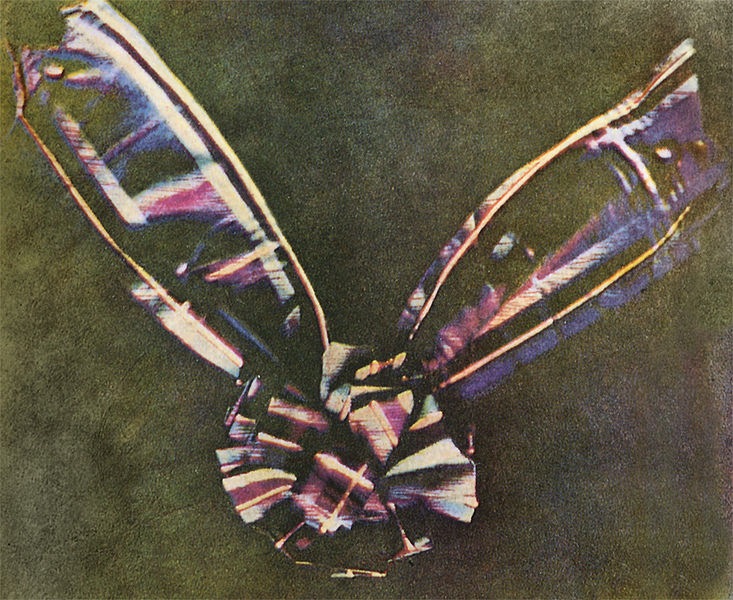The first color photographer.
As a modern day physicist or mathematician, it’s no longer possible to be famous. Famous in the sense that schoolboys learn about your work and adulate your persona. As a child I was endlessly absorbed reading about the great physicists and mathematicians, and whereas most, when asked, could likely name just two, my ‘favorite’ was always James Clark Maxwell.
Sure, the man in the street had heard that Newton had a Eureka moment observing an apple fall from a tree and Einstein had something quirky to do with space and time and strange hair, but realistically he understood neither.
But photography was always the reason I adulated, and still do, Maxwell. Let’s get the man in perspective first. The American spacecraft Voyager 1 flew by Saturn’s rings in 1990 or so, confirming they were composed of particulate matter. Confirming, because that’s what Maxwell had calculated in 1857. No ordinary man.
Mercifully, for any photographer reading this, one of Maxwell’s enduring curiosities was the nature of color. He would spin his three colored disc and it would appear white once in motion. So it’s no surprise that this curious Scot caused the first ever color picture to be taken, in 1861. Wikipedia has a great description of how he had three snaps taken of a Scots tartan ribbon on monochrome film through red, green and blue filters, respectively. Projecting the three together with like filters over each of the three projection lenses yielded the first know color photograph. Just contemplate, for a moment, the thought process which gave rise to that realization and its method.

The first color photograph.
And is that not a thing of rare beauty?
As one educated as an engineer, I note that popular adulation of engineers is limited, as with physicists, to one or two men known to all. Brunel, Stephenson, Edison, von Braun, Wozniak. But for me the greatest engineer will always be the Englishman Michael Faraday for, had he not ruminated on magnetic induction, we would have a world without the electric motor, the same one that focuses the lens in your digital camera. And one James Clerk Maxwell would not have developed his theories of electromagnetism had not Faraday, perhaps the greatest experimenter ever, and one who made Edison look like a piker, led the way with his work. A rare case of engineering showing mathematics and physics the way. Faraday was, by 40 years, Maxwell’s senior ….
In our society which adulates divas who cannot tell pitch from tar and thinks Beethoven was a dog in those silly movies, give a thought to these titans of intellect.
Update: A reader has kindly pointed me to the work of Sergey Prokudin-Gorsky, a Russian chemist who did much to further Maxwell’s work.
Great pointer on Maxwell. I am an Electrical Engineer by training, but one class I could not grasp then was Electromagnetic waves. I doubt that I can do better if I were to pick up Maxwell Equations again today. Perhaps too much iodine in my shrimp?